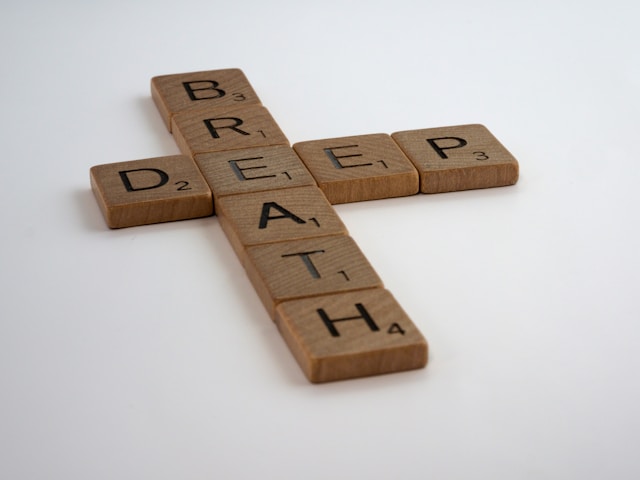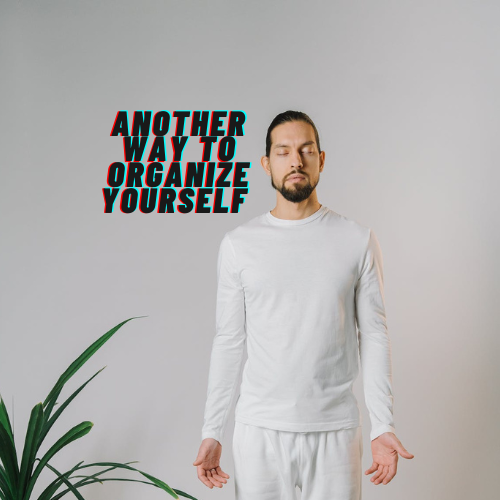Breathing: The Ultimate Healer
Breathing is the process of inhalation and exhalation. This is also known as respiration which allows beings to inhale oxygen and exhale carbon dioxide. Breathing is more than just this it also plays a crucial role in various biological processes. This keeps all living mammals alive. Breathing is also a healing factor whether it’d be psychological or physical. Proper breathing promotes calmness, energy, and improves circulation. In terms of calmness, it can initiate the rest and digest function of the brain which is known as the parasympathetic nervous system. Although breathing is a normal function of daily life there needs to be proper practices in place to continue to do correct breathing. Shallow breath can cause the sympathetic nervous system to react which is the fight-or-flight response. Stress then becomes the undertaker and one will feel less in control of how they respond.
Breathing Gives You Control
The breath is a precursor to the mind-body connection. This is a link where the intangible emotions (including thoughts, behaviors, etc.) can affect the physical vessel. As previously mentioned proper breathing helps maintain and induce calmness. For every scenario a person is involved in, whether it is being alone, speaking with someone, doing some task, or anything. The quality or change in breath can alter internal processes. When this occurs the heart and brain can function well or dysfunction can occur. Regulating the breath offers much maintenance towards emotions, blood pressure, oxygenation, and cultivates awareness.
The part of managing stress can be one of the most pertinent applications. In all occurrences, one undergoes stress whether it will be positive or negative (eustress or distress). The amount of stress can lead to feeling less in control as it does impact a person emotionally and physically.
If you want to learn the difference between eustress and distress check out this post!

How Does It Heal The Body
There is an element of being conscious which refers to being aware of the mind and body. Hence mind-body connection does have relevancy and contribute to the healing process. Often times people would do body scan meditation or yoga nidra.
These techniques are used to place attention to each body part such as feet, legs, thighs, arms, and other physical parts. This allows for more of a deeper connection between the body and mind. Because of the promotion of relaxation, there is less constriction internally so this gives the body the opportunity to use a nice flow of resources to heal the body. Nitric oxide plays a role in opening up the blood vessels, facilitating this process.
Stress naturally occurs due to circumstances whether it is good or bad it is still stress. Cortisol is a stress hormone that keeps someone alert however having too much can cause some damage. There is a need for stress management and breathing helps with that.
“Take a breath” may sound trite but it is more than only taking one breath. It is more so regulating the breath. Regulating the breath helps avoid the narrowing of blood vessels. Since essential nutrients and oxygen travel through blood vessels this helps nourish the body and brain. This is why circulation has its importance otherwise without the proper supply of oxygen there could be some effect of abnormalities.
Deep breathing releases neurotransmitters like serotonin, dopamine, endorphins, and others. The key component is endorphins since they act as a natural painkiller for the body.
The brain needs proper care to help the body recover.
The Multitude of Breathing Techniques
- Box Breathing: A person can inhale for 4 seconds, hold for 4 seconds, and exhale for 4 seconds. Do this as many times as needed.
- 4-7-8 count: Inhale for 4 seconds, hold for 7 seconds, and exhale for 8 seconds.
- Alternating nostril breathing:
- Close your right nostril with your right thumb and inhale deeply through your left nostril.
- Close your left nostril with your right ring finger and exhale through your right nostril.
- Inhale through your right nostril, then switch and exhale through your left nostril.
- Repeat for several breaths, alternating nostrils with each inhale and exhale.
- Diaphragmatic breathing: A person takes a deep inhale and as one inhales the stomach expands. Exhale the breath and the stomach deflates.
- Lion’s breath: inhale air through the nose and exhale forcefully through your mouth, stick out your tongue and open your mouth wide, making a “ha” sound.
- Warrior’s breath: inhale deeply through your nose as you raise your arms up overhead. Exhale forcefully through your mouth as you bring your arms down, imagining you’re pushing away any negative energy.
What Could Make Breathing More Effective?
When a person has an empty stomach meaning no food or substance is being digested (or at the very least feeling a little hungry). Breathing exercises are encouraged on an empty stomach to enhance blood flow, optimize oxygenation, minimize distractions, facilitate diaphragmatic movement, and heighten awareness for a more effective and comfortable practice.
But other than this there are other means to have more oxygen flowing in the body. Certain activities can help get more oxygen. Activities such as exercise, laughter, singing, cold exposure, and others. These require a person to expend energy and oxygen helps with fueling the body’s energy production processes.
Doing daily activities that demand more oxygen will be beneficial by optimizing cellular energy production, enhancing physical performance, and support overall health and well-being.
Conclusion
Breathing is often overlooked even though people do it unconsciously. Proper practices need to be incorporated to ensure the appropriate levels of oxygen are supplying the body. Regulating the breath or breathing techniques helps initiate certain processes like the rest and digest process, energy production (ATP, adenosine triphosphate), and the release of brain chemicals. All of this contributes the person to feeling calm, energized, and having some control over their mind and body.
Keep in mind there are other means to get more oxygen in the body by being more active.
If you found this post helpful, please consider sharing and subscribing!






